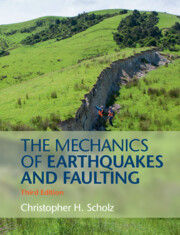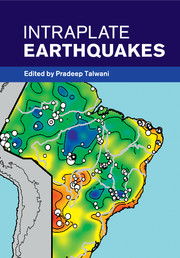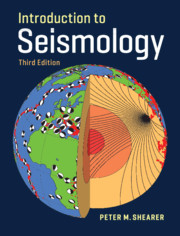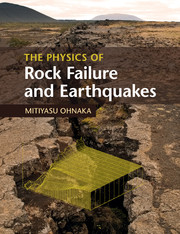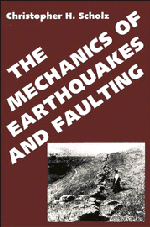The Mechanics of Earthquakes and Faulting
Our understanding of earthquakes and faulting processes has developed significantly since publication of the successful first edition of this book in 1990. This revised edition, first published in 2002, was therefore thoroughly up-dated whilst maintaining and developing the two major themes of the first edition. The first of these themes is the connection between fault and earthquake mechanics, including fault scaling laws, the nature of fault populations, and how these result from the processes of fault growth and interaction. The second major theme is the central role of the rate-state friction laws in earthquake mechanics, which provide a unifying framework within which a wide range of faulting phenomena can be interpreted. With the inclusion of two chapters explaining brittle fracture and rock friction from first principles, this book is written at a level which will appeal to graduate students and research scientists in the fields of seismology, physics, geology, geodesy and rock mechanics.
- The only book to provide a unified approach to the study of faulting and earthquakes
- Accessible to seismologists and rock mechanicists alike
- Includes results from new technological devices such as networks of broadband digital seismometers and space-based GPS and InSAR geodetic surveying systems
Reviews & endorsements
'Scholz has been a key player in earthquake and fault mechanics for at least 30 years. This is his broad perspective of the whole subject and is likely to remain the most important textbook in the area for some time.' Journal of Geological Magazine
'… included … chapters on brittle fracture and rock friction … provide geologists a foundation for understanding the subsequent discussions on fault and earthquake mechanics.' Environmental and Engineering Geoscience
Product details
May 2002Hardback
9780521652230
496 pages
255 × 180 × 30 mm
1.243kg
219 b/w illus. 9 colour illus. 1 table
Replaced by 9780521655408
Table of Contents
- Preface
- 1. Brittle fracture of rock
- 2. Rock friction
- 3. Mechanics of faulting
- 4. Mechanics of earthquakes
- 5. The seismic cycle
- 6. Seismotectonics
- 7. Earthquake prediction and hazard analysis
- References
- Index.


